Those with a marginally upturned nose tip are blessed with a cute and attractive facial feature. However, an overly noticeable upturn might be due to a depression or collapse of the nasal bridge. Since it looks like a saddle in profile, the condition is known as “saddle nose deformity“. Nasal surgery may be necessary if the condition is severe.
What is Saddle Nose Deformity?
Saddle nose deformity results from a collapse in the cartilage of the bottom portion of your septum. It is not aesthetically pleasing and can cause severe respiratory problems; it is hard to breathe when your nasal airway is blocked.
What Causes a Saddle Nose Deformity?
Any injury or trauma to the nose can destroy the bridge’s septal cartilage and jeopardize vital support structures.
Athletes, particularly the ones who participate in contact sports such as hockey and boxing, are susceptible to these types of injuries and, therefore, at a higher risk of developing a saddle nose deformity.
Appearance is not the only concerning factor. Without treatment, the blood flow could be compromised and the cartilage can deteriorate.
While trauma accounts for the bulk of saddle nose cases, there are additional explanations. The most frequent saddle nose causes are:
- Overaggressive rhinoplasty can result in saddle nose deformity when extra cartilage is removed from the nose to lower the bridge’s height. If the surgery leaves insufficient cartilage and bone, the central region of the nasal bridge can collapse.
- Intranasal cocaine usage can result in vasoconstriction—the constriction of blood vessels. Reduced blood flow to the nasal septum can cause the cartilage to deteriorate to the point where a perforation or hole forms in the septum. The blood vessels can heal if cocaine use is discontinued prior to irreversible damage. However, once there is a hole in the cartilage, the injury will not heal on its own. There is a significant risk of collapse at this point.
- Various medical conditions can cause damage to the nasal septum, resulting in a saddle nose deformity, including congenital syphilis, ectodermal dysplasia, relapsing polychondritis and leprosy (Hansen disease).
People are rarely born with saddle nose because it is usually caused by trauma.
Saddle Nose Deformity Treatment
Dr. Khosh offers non-surgical and surgical treatments for saddle nose deformity, but which one is best for you depends on the degree of deformation. For example, in severe cases, breathing restrictions may require nasal canal widening, which employs spreader grafts to expand nasal passageways and raise the nose’s bridge.
Dr. Khosh is familiar with all forms of saddle nose abnormalities and can restore your nose’s function and form, whatever the cause. Contact him to schedule an appointment and explore nose repair possibilities.


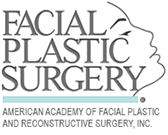
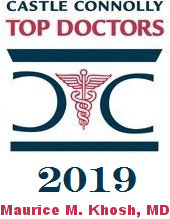
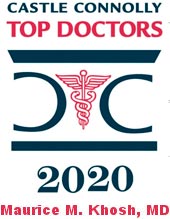





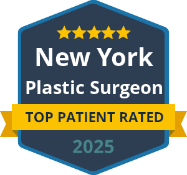
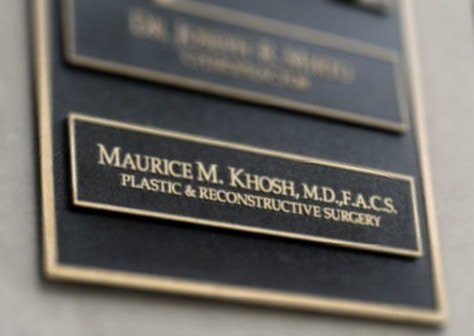

Words can not express my gratitude for his amazing life-changing work.
I had a tonsillectomy and a Neck Lump removal done on the same day.
Everything that you ever heard or read about tonsillectomy, is a dramatic over-exaggeration of people who can NOT tolerate pain.
I was so ready for a long misery and stressful recovery... Pffttt , turned out to be a really easy experience.
Dr. Khosh did an amazing job!!! Also taking in to consideration that I had 2 surgeries performed on the same day. I was out walking my dogs on day 2. Day 3 Walking dogs, doing some shopping and cooking... day 4 5 and 6 you get the picture. 0 limitations, just listened to my body and didnt overwork myself.
Just want to tell anyone and everyone who is either thinking of or NEEDS to have adult tonsillectomy done - Please don't even think twice. You get a perfect dose of painkillers, and they can solve all your pain-needs.
Dr.Khosh has an amazing warm and friendly personality, with a heart of gold and superb skills.
Susan - my comforting shoulder, and Christine - always happy and positive to brighten your day. I am forever grateful .